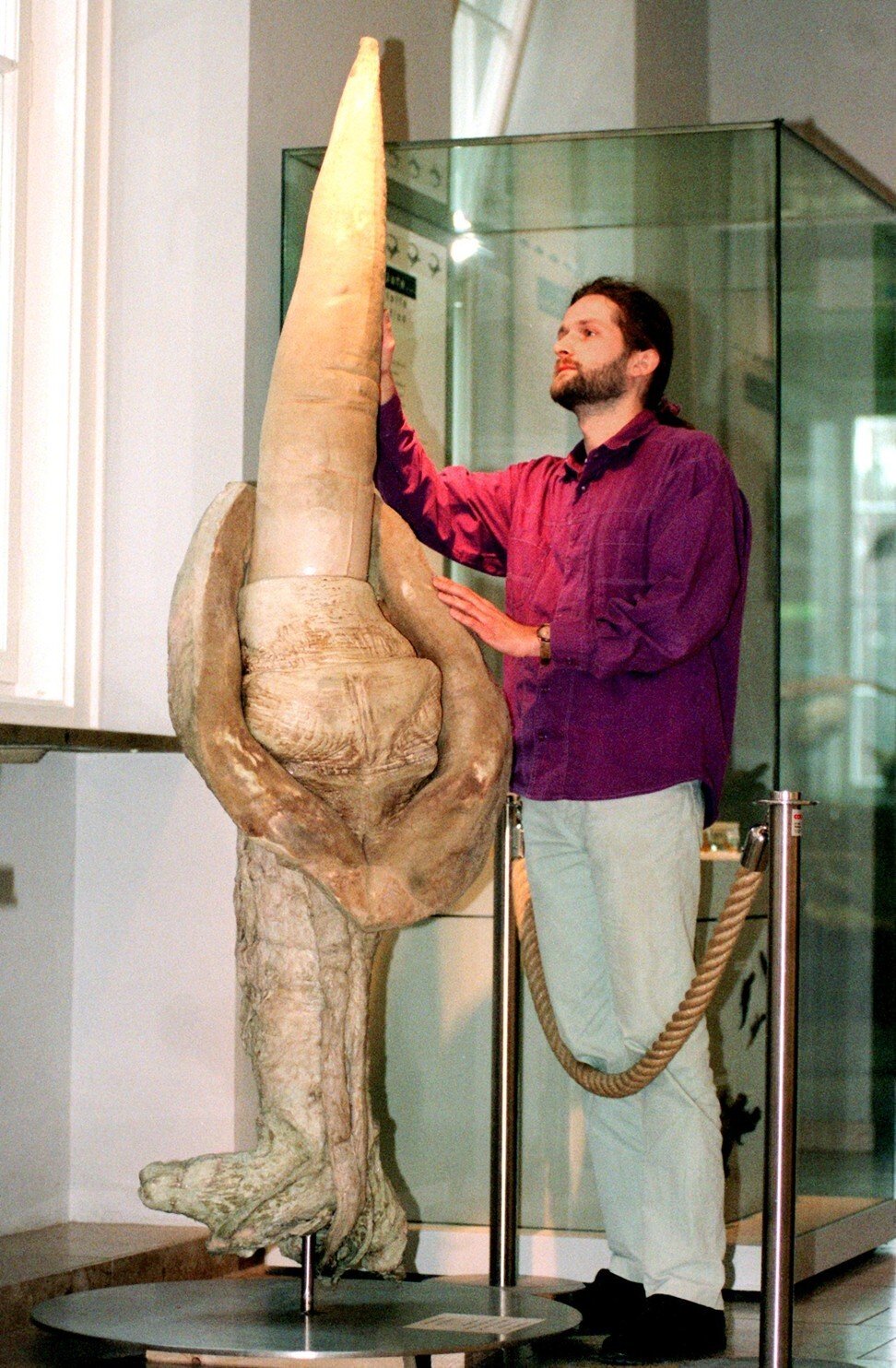
About the penis: its size, anatomy, and how to keep it healthy and performing to the fullest
- It has more nicknames than any other body part, and some think it has its own brain
- The penis carries out two basic but important functions, and its condition is a bellwether of a man’s health and risk of disease
The male sex organ is frequently discussed by both men and women – whether with bravado, in embarrassment, competitively or amid hushed giggles.
Referred to in myriad ways, from conservative terms such as phallus, member, or family jewels, to myriad slang terms – among them knob, willy or pecker – the penis has inspired wonder, desire and mirth. It is referenced in mythology, and today mystery still surrounds it.
The size and shape of a man’s penis is a point of scrutiny and discussion. According to the UK’s National Health Service, the average penis is about 9cm (3.75 inches) long when not erect, and from 13cm to 18cm (5in to 7in) when erect.
Humans have larger penises than all other primates, but theirs in turn are dwarfed by that of the blue whale, which is 2.4 metres (7.87 feet) long.
Men’s ancestors had “spines” on their penises – small barbs of hard tissue formed of keratin which lined the outside of the organ. Some animals, such as chimpanzees and domestic cats, still have them, and they aid in the competition to fertilise females.
The organ has two primary functions: disposing of waste (urine) and transferring semen. It reaches its full size during puberty, and has several parts: the glans (or head) which is covered by the foreskin, corpus cavernosum (two columns of tissue along the sides of the penis that fill with blood to cause an erection), corpus spongiosum (a body of tissue which runs from the body to the top of the penis) and the urethra (the pipeline for semen and urine).

So, with its role in transporting semen, erections are a large (no pun intended) part of a man’s life – and sometimes they start in the womb.
Men, on average, experience 11 – often unexpected – erections each day, mostly at night. This could be the reason scientist and painter Leonardo da Vinci declared that “the penis must be said to have its own mind”.
Penis size: the long and the short of it
Hong Kong urologist Dr Ringo Chu Wing-Hong describes the three types of erection: psychogenic, reflexogenic and nocturnal. Psychogenic ones are a result of audiovisual stimuli or fantasy, reflexogenic is produced by tactile stimulation, and nocturnal occurs during rapid-eye-movement sleep.
The bite of the Brazilian wandering spider can also cause erections, long and painful ones. Its venom boosts nitric oxide, a chemical that increases blood flow. Several studies have looked at incorporating this venom into drugs to treat erectile dysfunction.

Manual stimulation of the penis has not always been viewed as acceptable; in 1758, Dr Samuel Auguste Tissot launched the anti-masturbation movement when he published his theory that the act was worse than smallpox as it rid the body of sperm and was a waste of bodily fluids.
By the Victorian era, doctors were treating masturbation as a disease and prescribing “treatments” such as the Jugum Penis: jagged metal rings which fit around the base of the penis to discourage the “dreadful” act. By the 1960s, young people in Western societies had begun to rebel against such middle-class ideas and masturbation became socially acceptable.
Erectile dysfunction: why men don’t talk to doctors about it enough
Erectile dysfunction isn’t the only problem that affects the penis. Fan lists a number of related disorders, including sexually transmitted infections; Peyronie’s disease, in which scar tissue causes a bend in the organ; penile fracture; priapism – a prolonged and often painful erection; phimosis – in which the foreskin cannot easily retract; and penile cancer. He explains that this cancer type may begin as a blister on the foreskin, head or shaft of the penis, and then become a wart-like growth with a discharge.
Rare disorders associated with the organ include diphallia, the condition of being born with two penises, which affects only one in about 5 million men. Another rare condition is Koro, a psychological disorder in which men believe their genitals are shrinking or retracting – even disappearing all together.
Men can take some simple steps to maintain good penal health. Fan suggests men practise safe sex; get vaccinated against human papillomavirus if aged 26 or younger; limit alcohol consumption; wear a protective ‘box’ during sports and other rough activities; and have regular health screenings from a doctor – just as women have regular gynaecological screenings.

Fan stresses that “the starting point for good penile health is personal hygiene”, and recommends paying particular attention when cleansing the whole of the organ and its surroundings.
In recent years, grooming tools and toiletries specifically geared to the male nether regions have been introduced to help manage this. They include electric clippers and razors for trimming hair below the waist, and cleansers, deodorants and toners specially suited for “down there”.
Online retailer Manscaped’s slogan “We save balls” underscores its partnership with the Testicular Cancer Society. As it notes on its website, it “aims to educate and entertain while spreading a very important message about early detection and self-screening to protect yourself against men’s health issues and cancer risk”.
It is not surprising the phallus is so talked about an organ. From Freud’s claim that all women harbour penis envy, to Sophocles’ belief that “to have a penis is to be chained to a madman”, it is a body part may arouse contrasting feelings and ideas. Given care and attention, it can serve throughout a man’s lifetime. Just avoid the Brazilian wandering spider and Jugum penises.

